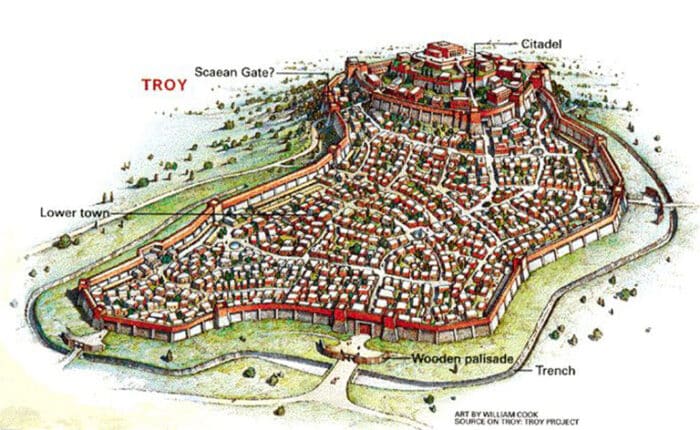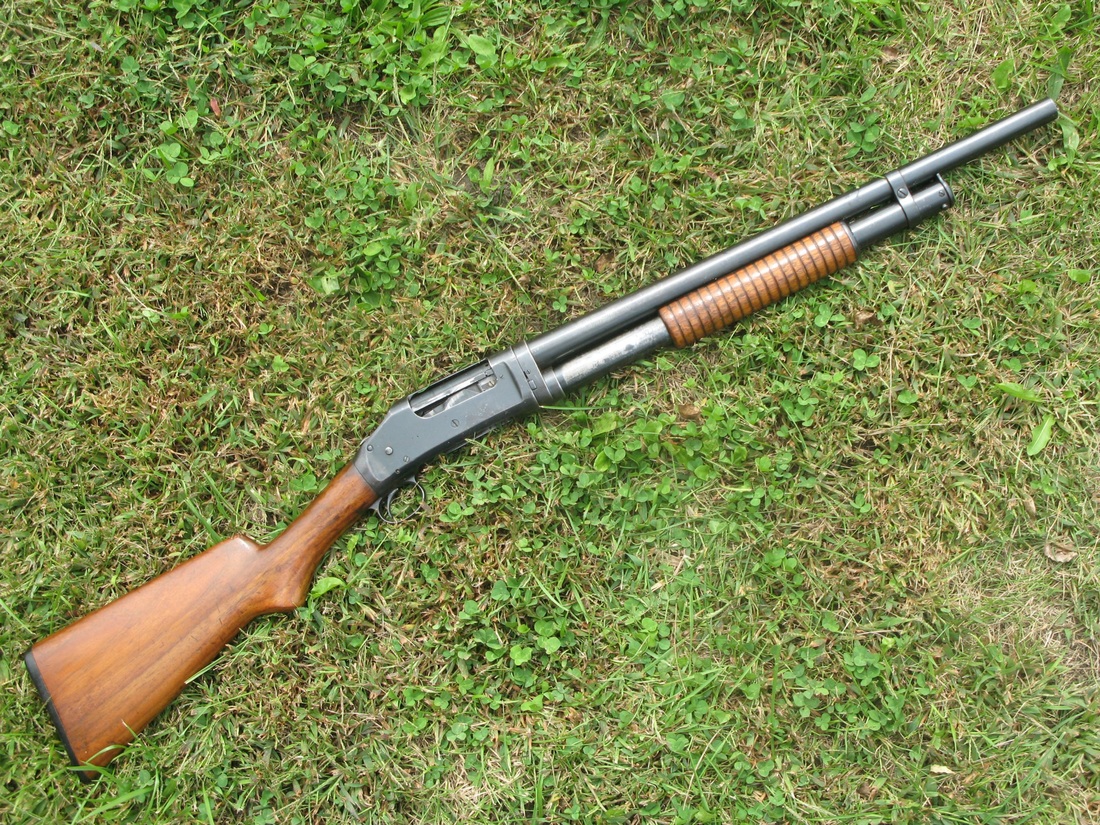
Category: Art





Categories
The Dogs Of War
Categories
A smart man does not just rush into things



Model 1897 (trench grade) and the reproduced Norinco (riot grade)
Categories









Model 1897 (trench grade) and the reproduced Norinco (riot grade)